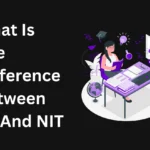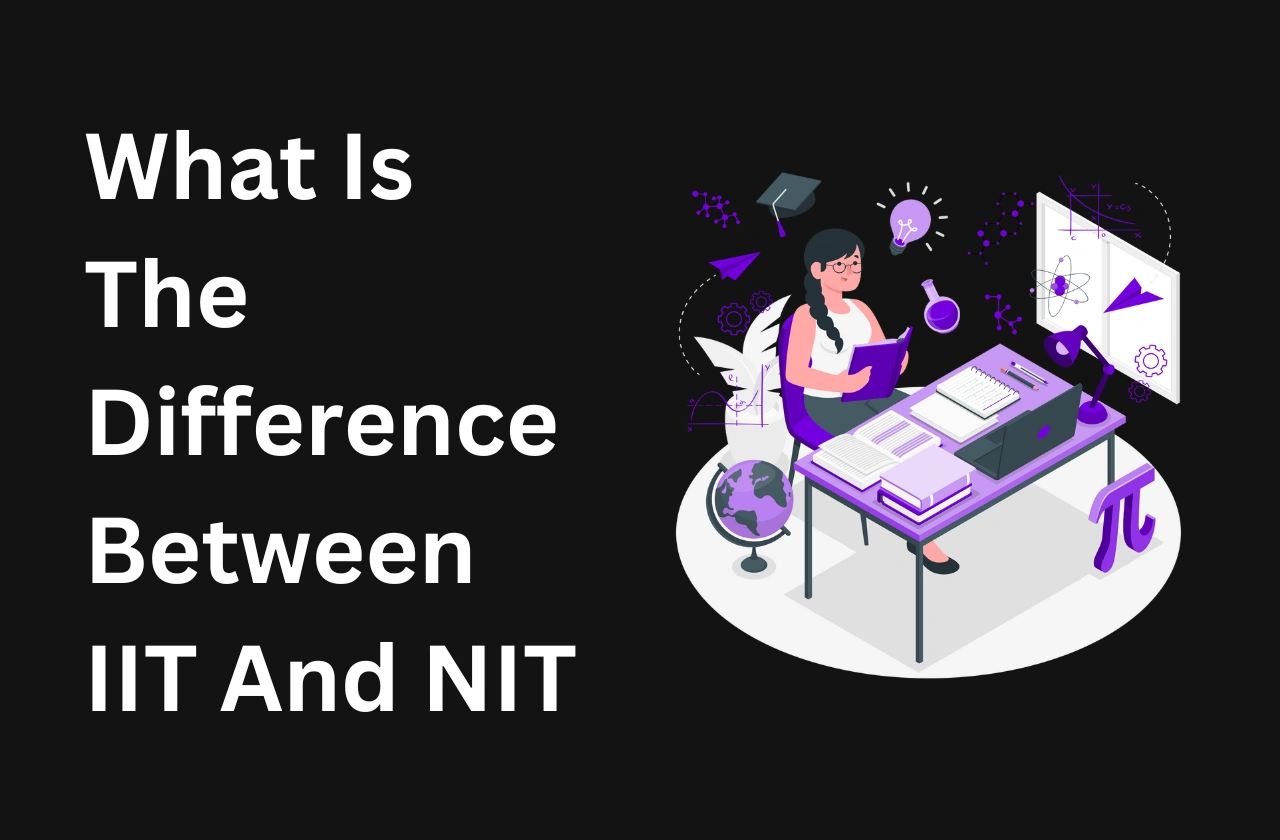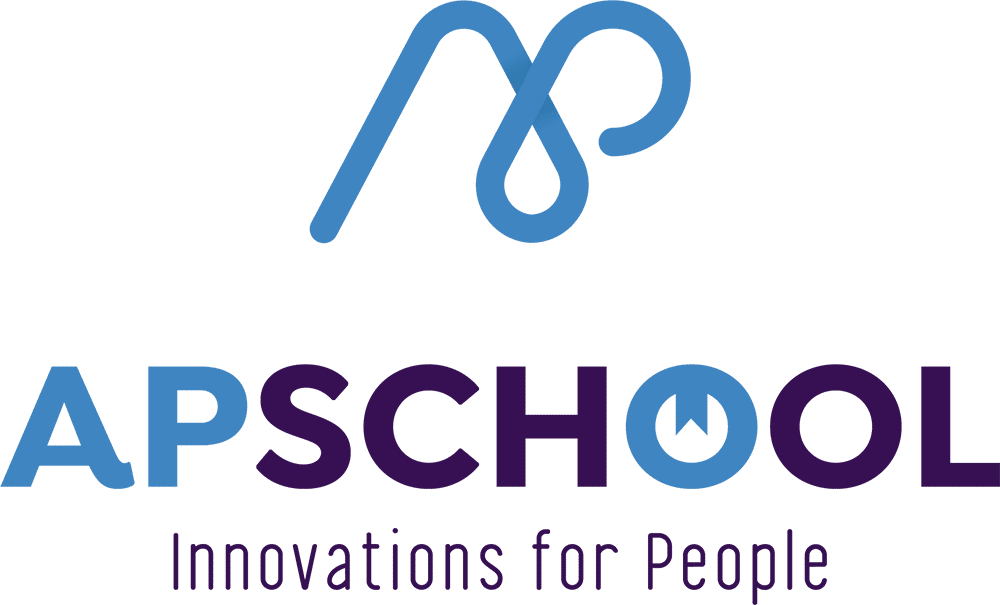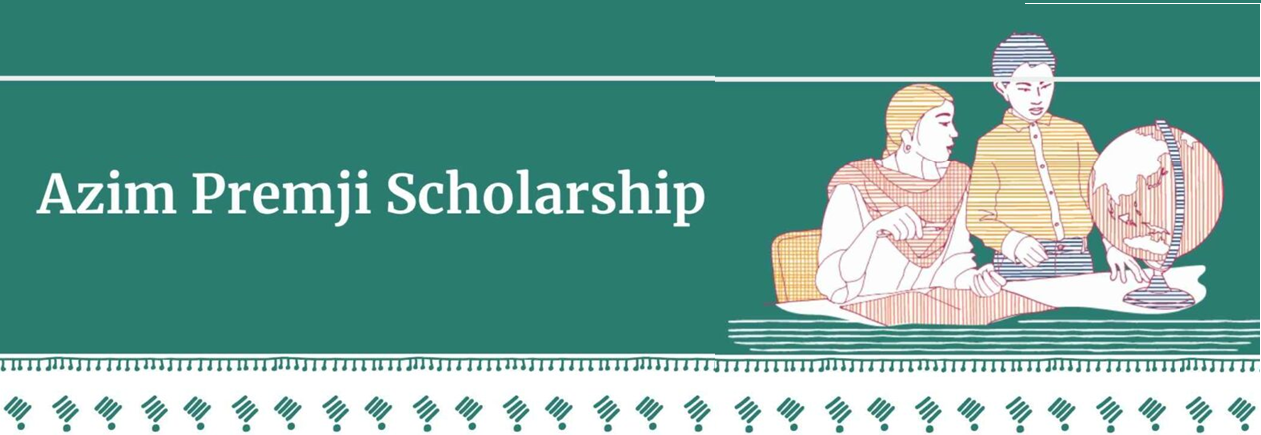The focus on inclusive and quality education for all has meant huge changes over the years in India. Given a huge and energetic youth population and extremely varied demographic circumstances, the need of improving school education has just now become very urgent. This article covers the advances that India has achieved in improving school education, the obstacles it has yet to overcome, and the way ahead to guarantee that every child has equal opportunity and access to top-quality learning.
Progress in School Education
Infrastructure Development
The last ten years have seen substantial investments made in the improvement of the physical infrastructure of schools across India. Some of the key improvements are:
- The proportion of schools with electricity grew from 53.0% in 2013-14 to 91.8% in 2023-24. During this period, availability for computers increased from 24.1% to 57.2% while internet access grew from 7.3% to 53.9%.
- Schools with hand-washing stations increased from 43.1% to 94.7%, while those with drinking water provisions increased from 83.2% to 98.3%. From 66.9 percent, access to playgrounds increased to 82.4 percent, and library resources’ availability rose from 76.4 percent to 89 percent. To assist children with disabilities, they have also installed ramps for access, raised from 56.8 percent to 77.1 percent, and handrails from 33.9 percent to 52.3 percent.

Financial Investment in Education
Huge government funding was allocated for education expenditure. Per-child expenditure has increased from ₹10,780 in 2013-14 to ₹25,043 in 2021-22, testifying to the country’s commitment to improving the education sector.
Promotion of Regional Languages
Children’s textbooks for classes 1 and 2 are presently available in 23 Indian languages to preserve linguistic diversity and promote inclusive education. The DIKSHA platform has developed multilingual e-content in 126 Indian languages and 7 foreign languages for greater access to education.
Enhancements in Student Performance
The gradual evolution of performance trends is a characteristic of board examination student performances, particularly notable in terms of improvements. Based on statistics, observers have noted a 64% increase in the number of students achieving higher grades in Class X over the past ten years, while performance in Class XII board exams has increased by 66%. Such rising trends in these two examinations, imprinted in time, give an aura of pleasure concerning improving academic achievement standards.
Empowerment of Female Educators
The role of women in education has been central to putting on the numbers. Female teachers, since 2014, have increased response levels by please. Between 2014 and 2024, women filled over 61% of teaching posts, and they now make up the majority of the teaching workforce, fostering the growth of balanced and inclusive educational atmospheres.
Focused Initiatives for Rural Education
Recognizing the unique challenges faced by rural areas, several initiatives have been implemented:
- Ekal Vidyalaya Movement: Every free school is situated in a rural or tribal area by an individual teacher only and provides simple education to kids having no or less access to schools.
- Kasturba Gandhi Balika Vidyalaya (KGBV): KGBV Established in 2000, Aegis with the aid of the Tata Trusts establishes residential schools for girls from disadvantaged backgrounds and with a safe learning environment and life skills training, and promotes girls’ education and alleviates gender disparity in rural India.
Challenges in Advancing School Education
Despite the progress, several challenges continue to hinder the full realization of quality education for all:
Learning Outcomes
Although enrollment numbers have risen, worries surround learning results. Particularly in rural communities, several pupils have trouble with basic reading and arithmetic skills, pointing to a need for better instruction techniques and learning evaluations.
Teacher Training and Quality
Teacher performance is intimately connected to the level of education. Constant professional development and training help to provide teachers with contemporary pedagogical techniques and subject expertise.
Digital Divide
The digital divide is especially large still, especially in rural and isolated places, even if digital infrastructure has gotten better. Limited access to equipment and a dependable internet connection slows the incorporation of technology into education.
Infrastructure Gaps
Although improvement has been achieved, some institutions still lack basic amenities such as effective toilets, fresh water, and enough classrooms, therefore impacting the entire learning setting.
Socio-Economic Disparities
Financial restrictions, lack of parental support, and child work, among other obstacles children from economically disadvantaged backgrounds usually face, which combine to cause above average dropout rates.
Future Directions for Advancing School Education
To address these challenges and build on the progress made, several strategic directions can be pursued:
Strengthening Early Childhood Education
Early childhood education is really important since it sets the foundation for life-long learning. Significant improvements in later life learning may be achieved by early age programs that nurture cognitive abilities, socio-behavioral development, and language abilities.
Enhancing Teacher Professional Development
Moreover, you will be able to give teachers one-on-one, demand-based instruction, which would improve their teaching performance. Their involvement would also help to keep the training program relevant and inspire them to engage regularly.
Bridging the Digital Divide
Effective integration of technology into education depends on two main supports: digital infrastructure and digital literacy. Primarily directed at rural regions, initiatives like Digital India seek to grow literacy and access in the digital sector.
Conclusion
It is simply a long journey, full of efforts, innovations, and collaborations, that advances school education in India. The strides have been made in addressing infrastructure improvements, facilitating digital access, empowering female teachers, and ensuring inclusivity through the regional languages and special efforts for rural areas. There is still the need to address the uneven learning outcomes, variation in teacher training, the digital divide, and socio-economic differences to realize holistic educational development.
To overcome these challenges, it is necessary to strengthen early childhood education and invest in teacher professional development; to close the digital divide between classrooms and families; and to promote community engagement to support use of the learning environment. If we take these steps and maintain the momentum of existing reforms, we can transform India’s education system into a true beacon—or orphanage—of equity, inclusivity, and excellence, ensuring that all children, regardless of background or geography, have access to quality education and opportunities to thrive.
Also Read: Navigating Educational Horizons with Collegedunia: A Comprehensive Guide
Dr. A. P. J. Abdul Kalam Technical University (AKTU) Lucknow – Webestory











